
Blessed Biwa
Arlene BastionLake Biwa holds more than beauty. It also brings blessings as an object of worship according to both the Shinto and Buddhist belief. Its presence is part why Otsu is called a Holy Land.

Lake Biwa (琵琶湖, Biwa-ko) is the largest freshwater lake in Japan, located entirely within Shiga Prefecture (west-central Honshu), northeast of the former capital city of Kyoto. [Wikipedia]

Lake Biwa holds more than beauty. It also brings blessings as an object of worship according to both the Shinto and Buddhist belief. Its presence is part why Otsu is called a Holy Land.
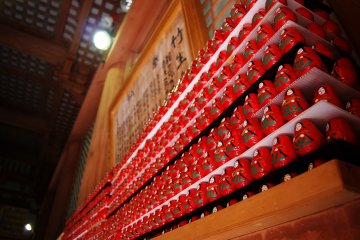
In the centre of Lake Biwa is the tiny island of Chikubu, full of temples, trees and plate throwing to make wishes come true.

Early summer sunrise with burning skies at Lake Biwa, Japan's largest freshwater lake near Hikone, Shiga Prefecture.
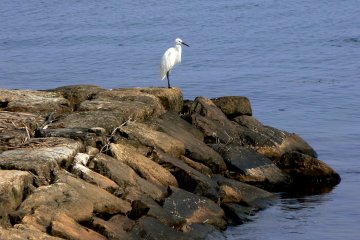
You can see many birds around the shore of Lake Biwa in Shiga Prefecture, especially water fowl including ducks, geese, herons and snowy egrets.
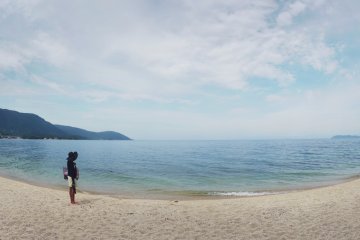
Are you looking for a way to take advantage of the warm weather of Kansai? Try Omimaiko beach on lake Biwa, a clear-water peaceful beach located only 45 minutes from Kyoto on the JR Biwa line.

Lake Biwa is considered to be Japan's largest freshwater lake. This lake gathers admiration not just from the local community but with tourists visiting. People usually flock during the weekends.

Red spider lilies bloom in Shiga Prefecture in September, adding splashes of color to the landscape.
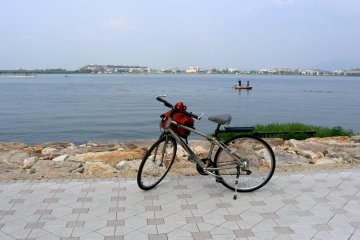
Path along the edge of Lake Biwa from Hama-Otsu to Ishiyama has great views over the water.

Old wooden houses in the snow and stunning winter lakeside scenery at the small town of Makino in Shiga Prefecture.
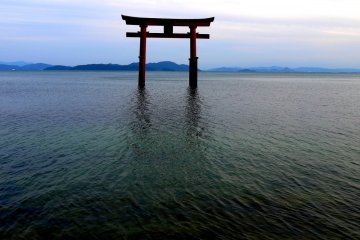
The "floating" tori at Shirahige Shrine is smaller than the tori at Miyajima, but forms a beautiful scene against the backdrop of Lake Biwa.
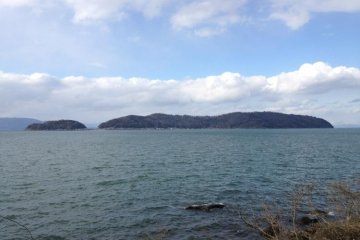
Okishima is unique as the only inhabited lake in Japan and it’s long history is even more unique. The 450 residents descended from a group of 7 samurai who lost a battle!

Beautiful scenery along the Oku-Biwako Parkway from Makino to Nishi-Azai, starting in late afternoon and finishing with a pink sun set.


Sakura Season at Hokoen Park and Nagahama Castle is a delight, with around 600 Somei Yoshino cherry trees dotting the grounds. Admission to the park area is free.

Initially built using stone walls in 1575 by feudal lord Hideyoshi Toyotomi, Nagahama Castle was destroyed in 1615. Now designated as a national historic site, an imitation of Nagahama Castle was rebuilt in 1983 using concrete.